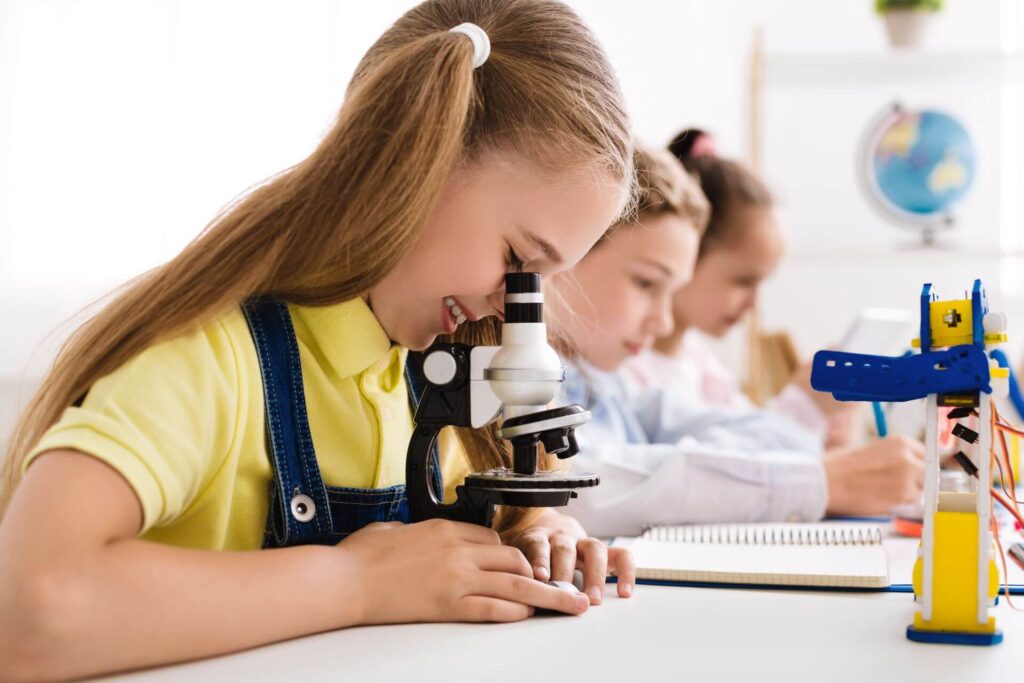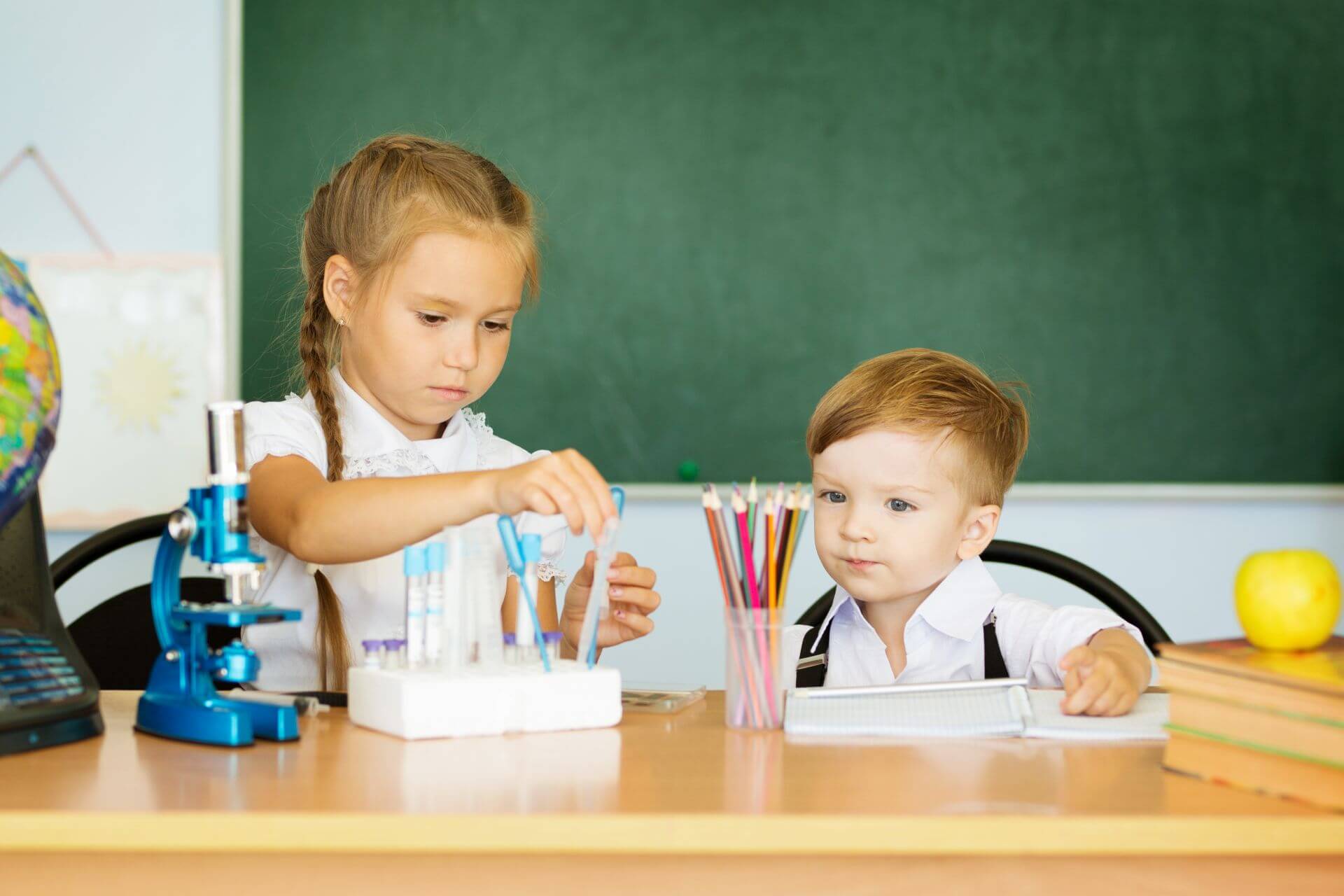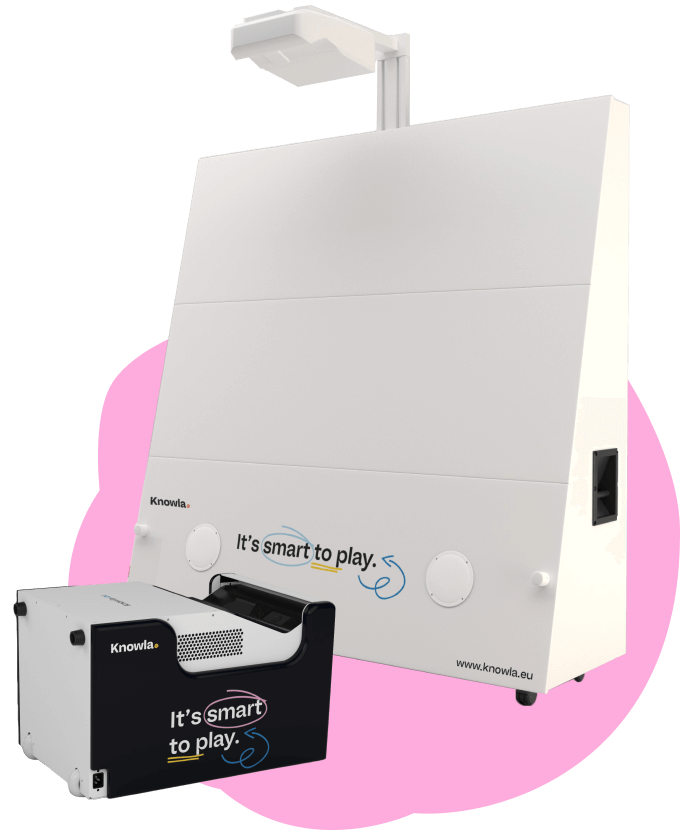Want to engage students in your classes? Here are a few methods you can incorporate into your classes. The order of the methods is irrelevant here, as their selection and effectiveness will depend on your own preferences for introducing them in your lessons.
Projects
The project method enriches students to collaborate and independently arrive at and solve a given problem. A project consists of four main phases: defining the problem (project initiation), searching for solutions (project planning), implementing solutions (project implementation), and learning lessons (monitoring and controlling the progress of the project to summarize it). After analyzing the project, you can return to the first phase to refine or improve the design. At each of these stages, usually a group of students independently tries to work out the problem given to them. The student engages in the work and independently acquires knowledge of the project. It also enriches its experience with a variety of skills related to project implementation.
Examples: making a poster/presentation on a given topic, creating and tending a garden, building a doghouse for a dog, preparing a performance, building a robot, researching demands among students at school and trying to make certain changes, making a model of a drawbridge, designing a useful model on a 3D printer, creating an advertisement for a recently read book.
Inverted class
The basic premise of this method derives from the fact that it is the students who best teach each other. First of all, because they are fresh from learning new skills or knowledge (e.g., in addition), and thus realize what made it most difficult for them to learn them and how they dealt with this blockage, or discover some basic relationships and information (e.g., basic physical phenomena) on their own. Teachers and parents have had similar problems for a long time, so they may have already automated and “forgotten” certain operations that children are just mastering. In turn, students can share their findings among their peers on an ongoing basis. Moreover, they are able to convey this in their own language, which can make it easier for others to understand the information. They just need to be given the space to do so, to have their say.
Classes also look a little different. At home, students theoretically prepare for the class (by reading or searching for the assigned concepts). On the other hand, at school they do practical and checking exercises regarding the topic. Assimilating the material in advance gives them time to analyze and understand the information, which allows them to improve their skills, think more deeply about the topic, be more active or help each other in class.
Experimentation and experiments
As part of this trend, do not inundate students with various statements and facts. Let them arrive at this information on their own while performing various experiments.
What colors will you get when you mix the primary colors? How is a rainbow formed? The juice of what fruit will make the balloon burst? Do magnets always attract each other? Which substances are heavier and how do you find out? These are just a few of the questions that can be posed to young scientists.

VR ( virtual reality ), AR ( augmented reality ), games and other modern technologies
The use and presentation of technological innovations in the classroom is sure to spark interest among students. However, this alone is not enough. The student should be able and able to use it in class and manipulate it in an appropriate manner.
The very way it is used is also important. Technology should be woven into classes with deliberation. You should customize the software according to the topics of your classes. Remember that technology is just a tool that, properly used, can also serve the purpose of education.
For example: exploring body parts with VR goggles, designing useful models for 3D printing, a virtual visit to a museum, learning to program (not necessarily only in computer science classes), creating a video advertisement for a recently read book, ready-made games, apps and activities including Knowla’s Educational Universe.
Gamification
Gamification involves introducing mechanics taken from games into situations that are not games. It can be freely applied in education as well. Among such mechanisms you will find:
- gathering experience points
- reward system
- awards for achievements
- rankings
- epic challenges
- temporary reinforcements
For example: for doing homework, reporting to class and other positive (predetermined) activities, points are earned, which, when enough are accumulated, can be exchanged for temporary reinforcements such as skipping the question queue, being able to choose teams, missing extra homework or “calling a friend” during a test.
Edutainment
That is, a combination of fun and education. The main goal is to present elements of knowledge in a simple as well as enjoyable way using methods taken from entertainment. The student can have fun and learn in the meantime. In a variety of ways, entertainment can be introduced into the classroom while maintaining its content value. The above-mentioned techniques are also available for use.
For example: games (board games, video games), film, teleseminar, trips to the zoo, educational projects, educational laboratories, thematic festivals, theater scenes, simulations.


